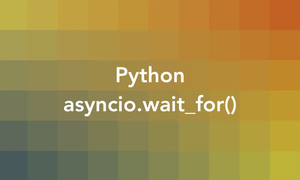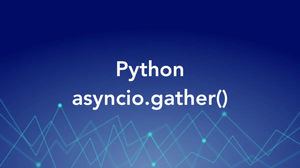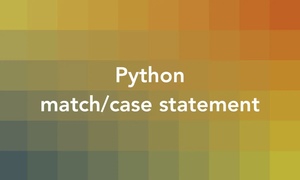This concise, straight-to-the-point article will walk you through 3 different ways to upgrade all packages in a Python virtual environment (if you aren’t familiar with Python virtual environments yet, see this article first). There is no time to waste, let’s begin!
Using pip list and pip install commands
This solution uses the pip list command to get a list of outdated packages in the virtual environment, and then uses the pip install command with the -U or --upgrade option to upgrade each package individually. The work requires the virtual environment to be activated before running the commands. Below are the detailed steps:
- Activate the virtual environment by executing the command:
source /path/to/venv/bin/activate - Get a list of outdated packages with the command:
pip list --outdated --format=freeze - Upgrade each package by performing the command:
pip install -U package_namewherepackage_nameis the name of the package to be upgraded. Repeat this step for each outdated package.
Example:
# Activate the virtual environment
source /path/to/venv/bin/activate
# Get a list of outdated packages
pip list --outdated --format=freeze
# Upgrade each package
pip install -U numpy
pip install -U pandas
pip install -U requestsThis solution is simple and straightforward. It allows you to upgrade the packages one by one and see the progress and output of each command. However, it is tedious and time-consuming. It requires you to type or copy and paste each package name manually.
Using pip freeze and pip install commands with xargs
The main point here is to use the pip freeze command to get a list of all installed packages in the virtual environment, and then use the pip install command with the -U or --upgrade option and the xargs command to upgrade all packages at once.
The steps:
- Activate the virtual environment by running the command:
source /path/to/venv/bin/activate - Get a list of all installed packages by executing the command:
pip freeze --local - Upgrade all packages using the command:
pip freeze --local | grep -v '^\\-e' | cut -d = -f 1 | xargs -n1 pip install -U
Example:
# Activate the virtual environment
source /path/to/venv/bin/activate
# Get a list of all installed packages
pip freeze --local
# Upgrade all packages
pip freeze --local | grep -v '^\\-e' | cut -d = -f 1 | xargs -n1 pip install -UThis way is fast and convenient. It helps you upgrade all packages in one command without typing or copying and pasting each package name. It also uses the -n1 option for xargs to prevent stopping everything if updating one package fails. However, it can be risky and unpredictable. It may upgrade packages that you do not want to upgrade or that are not compatible with each other or with your project. It may also break or overwrite some packages that are installed with the -e or --editable option. Be cautious if you’re working in the production environment.
Using pipenv update command
This approach uses the pipenv tool to manage the virtual environment and the dependencies. It uses the pipenv update command to upgrade all packages in the Pipfile and the Pipfile.lock to their latest versions. This solution requires the pipenv tool to be installed and the virtual environment to be created with pipenv before running the command.
Step-by-step instruction:
- Install the pipenv tool by running the command:
pip install pipenv - Create the virtual environment and the Pipfile by running the command:
pipenv installin the project directory - Upgrade all packages by running the command:
pipenv update
Example:
# Install the pipenv tool
pip install pipenv
# Create the virtual environment and the Pipfile
pipenv install
# Upgrade all packages
pipenv updateThis solution is elegant and reliable. It uses the pipenv tool to manage the virtual environment and the dependencies in a consistent and reproducible way. It also creates and updates the Pipfile and the Pipfile.lock files that specify the exact versions and hashes of the packages. The trade-off is that It requires the pipenv tool to be installed and used for the virtual environment and the dependencies.
To Recap
Each of the three solutions I provided has its own advantages and disadvantages. The first solution is simple and straightforward, but it requires you to manually type or copy and paste each package name and it does not guarantee that the upgraded packages will work well together. The second one is fast and convenient, but it upgrades all packages without checking or controlling their versions and it may break some packages that are installed with the -e or --editable option. The third one is elegant and reliable, but it depends on the pipenv tool and it may not be compatible with other tools or workflows. You should choose the solution that best suits your needs and preferences.











